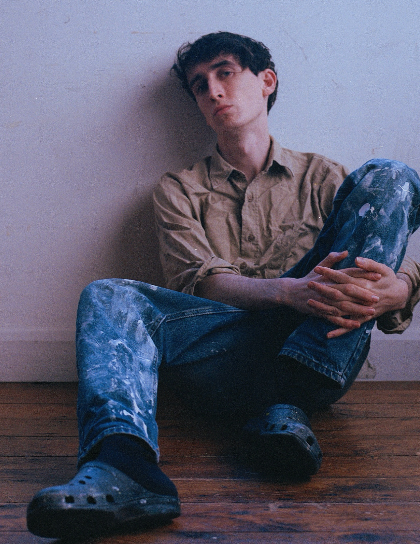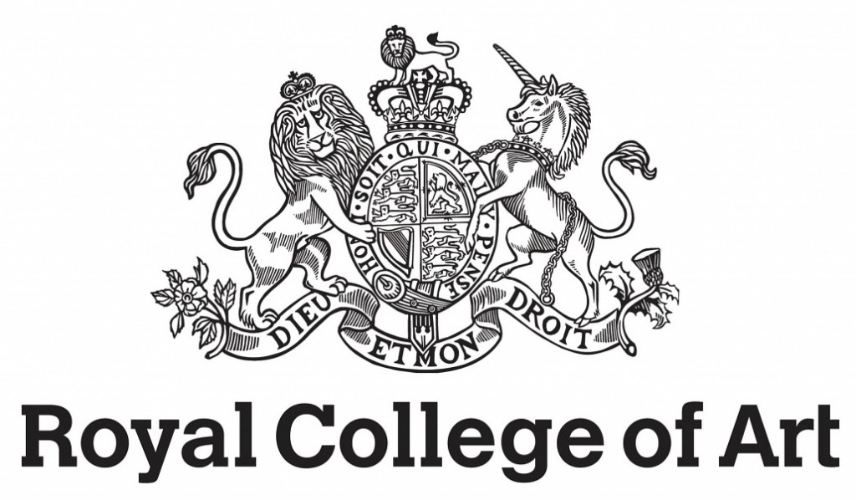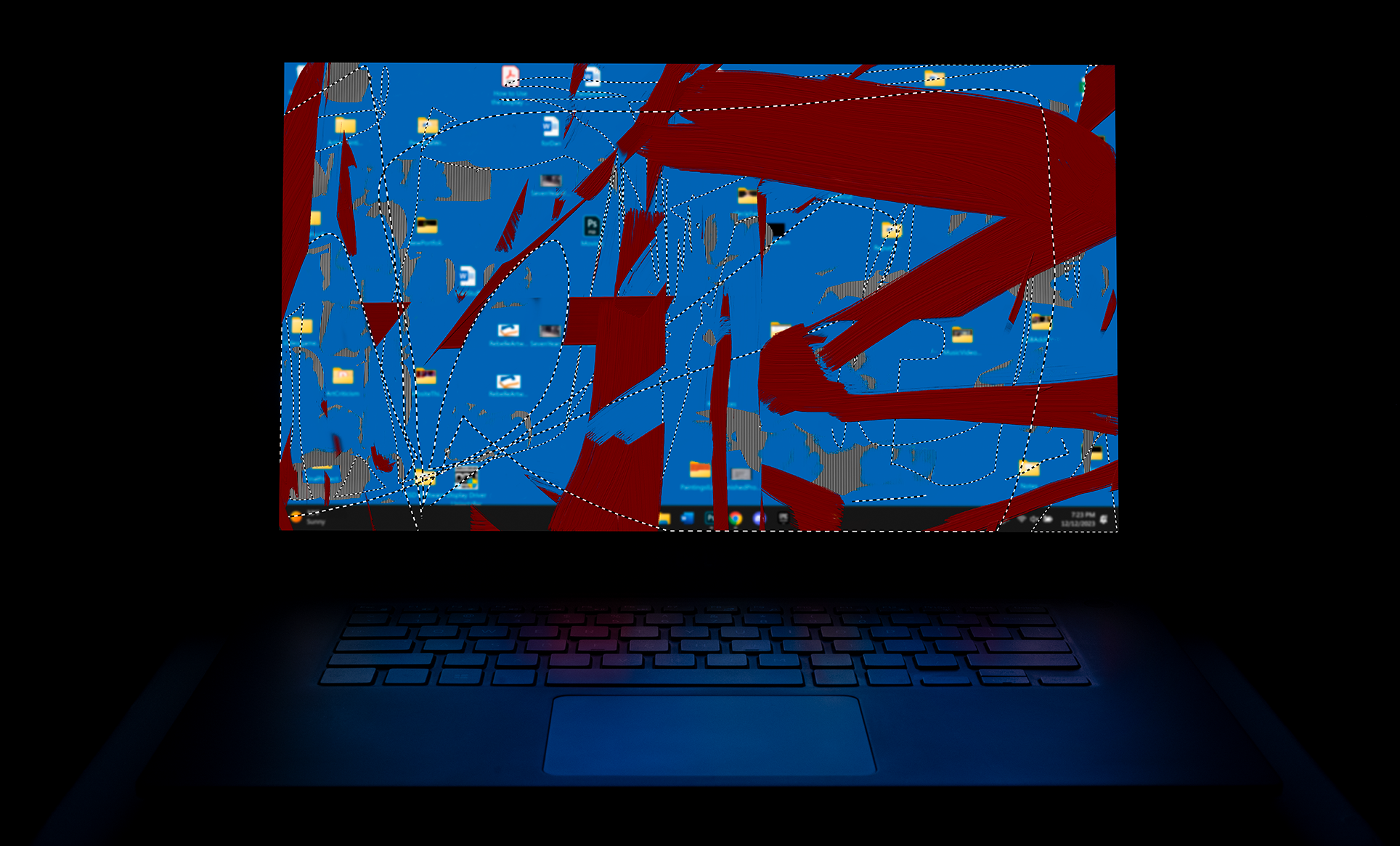Julian Eleison
Painting MA
Royal College of Art
Specialisms: Fine Art / Painting / Digital Arts
Location: London, United Kingdom


Julian Eleison

First Name: Julian
Last Name: Eleison
Specialisms: Fine Art / Painting / Digital Arts
Sectors:
My Location: London, United Kingdom
University / College: Royal College of Art
Course / Program Title: Painting MA
About
Julian Eleison (b. 1998) is a digital painter. His work is inspired by anime, contemporary painting, and painting history, with a particular focus on visual history, visual complexity, and visual logic.
This portfolio features six digital paintings. Each piece is a still image on a screen—a television screen, a computer screen, or a phone screen. All digital brushwork is done by hand, using a stylus and a drawing tablet. These six works appropriate the visual vocabulary of screens, desktops, and web browsers; they reflect on the role of the screen in digital painting and digital culture. When viewed together, these works make the argument that digital painting can, in fact, be good. “Rage” resembles a broken screen turned abstract expressionist painting. This piece mainly references the “AbEx revival” market narrative that's increasingly prevalent in the London painting world. This piece reflects on that trend, and is a stylistic one-off within Julian’s body of work. “Destroying Angel” and “Vertigo” gesture equally toward everyday computer culture, digital art history, and painters such as Susanna Heller and Richard Tuttle. These works foreground the use of the screenshot, and they verge on sculpture in their engagement with their own physical hardware. “Gasoline,” “Parrot Candy,” and “Analysis” are three site-specific digital paintings made for the @rca_painting Instagram page. When viewed on Instagram, these works initially appear to be photographs of wall-sized non-digital paintings. Instead, these three images are the final works themselves, and they likewise broach the relationship between painting and photography, documentation and authenticity. These three works were specifically inspired by the recursive visual structure of the photograph "Arles" (1978) by Luigi Ghirri.
Competitions








